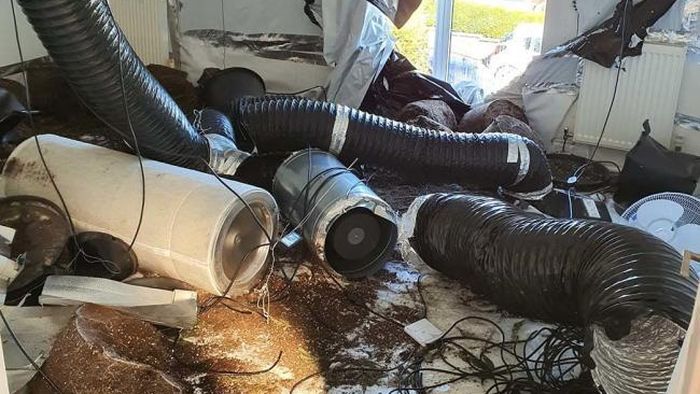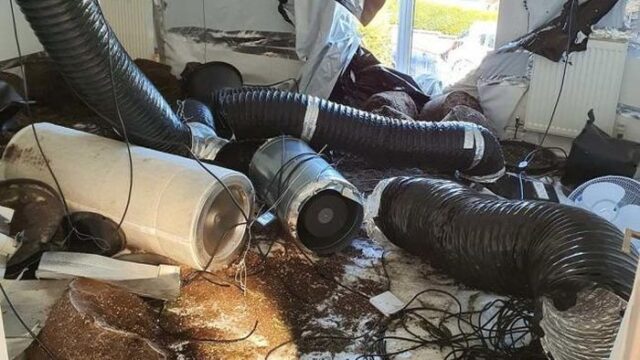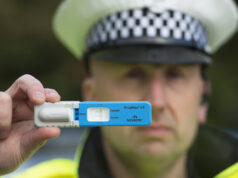In a significant shift from previous practices, UK police forces are adopting a new strategy when raiding illegal cannabis cultivation sites. Instead of removing the grow equipment, they now deliberately damage it, making it unusable, and leaving the responsibility for its removal on the landlords. This change aims to discourage repeat offenses, streamline law enforcement efforts, and place the burden of cleanup on those directly responsible for the property. Let’s delve into the details of this new approach and its potential implications.
The Shift in Police Strategy:
In the past, police forces in the UK would seize and remove grow equipment found in illegal cannabis cultivation sites during raids. However, due to resource constraints, logistical challenges, and a desire to prevent repeat offenses, certain police forces have adopted a different approach.
Rendering Grow Equipment Unusable:
Under the new strategy, instead of removing the grow equipment, the police intentionally damage it to the point of being inoperable. This includes destroying lights, ventilation systems, irrigation setups, and other essential components necessary for cannabis cultivation.
Shifting Responsibility to Landlords:
By leaving the damaged equipment behind, the responsibility for its removal falls on the landlords of the raided properties. Landlords are then left to deal with the cleanup, disposal, and potential repairs associated with the damaged equipment.
Rationale Behind the Change:
Several factors have contributed to this shift in police strategy. Firstly, the removal of grow equipment during raids was time-consuming and resource-intensive for law enforcement agencies. It often involved the need for specialized personnel and vehicles, leading to operational challenges.
Additionally, the previous practice of removing grow equipment did not always act as a sufficient deterrent. Offenders would quickly replace the seized equipment and resume illegal cultivation, leading to a cycle of repeated offenses.
By damaging the equipment, the police aim to disrupt the operations of illegal cannabis cultivators more effectively. This approach creates a financial burden for the offenders, as they would need to invest in new equipment to continue their illegal activities.
Implications for Landlords:
The new strategy places a significant responsibility on landlords, who must now deal with the aftermath of illegal cannabis cultivation. They are left to arrange the removal and disposal of damaged equipment, potentially incurring costs and facing challenges in restoring the property to its original state.
Landlords are encouraged to take proactive measures to prevent illegal activities on their properties, such as conducting regular inspections, including specific clauses in lease agreements, and reporting suspicious activities to the authorities.
Public Reaction and Controversies:
The shift in police strategy has sparked debates and controversies. Critics argue that the burden of cleanup should not solely fall on landlords, as they may be unaware of illegal activities taking place on their properties. Some also express concerns about the potential environmental impact of leaving damaged equipment behind.
Supporters of the new approach contend that it serves as a strong deterrent, disrupting the operations of illegal cannabis cultivators and reducing the strain on limited police resources. They argue that landlords should bear some responsibility for their properties and take necessary precautions to prevent illegal activities.
Conclusion:
The UK police’s decision to render grow equipment unusable and shift the responsibility of cleanup to landlords marks a notable change in their approach to combating illegal cannabis cultivation. While this strategy aims to streamline law enforcement efforts and deter repeat offenses, it also places a significant burden on landlords. The long-term implications and effectiveness of this approach remain to be seen, and ongoing discussions and evaluations are necessary to ensure its fairness and environmental sustainability.











